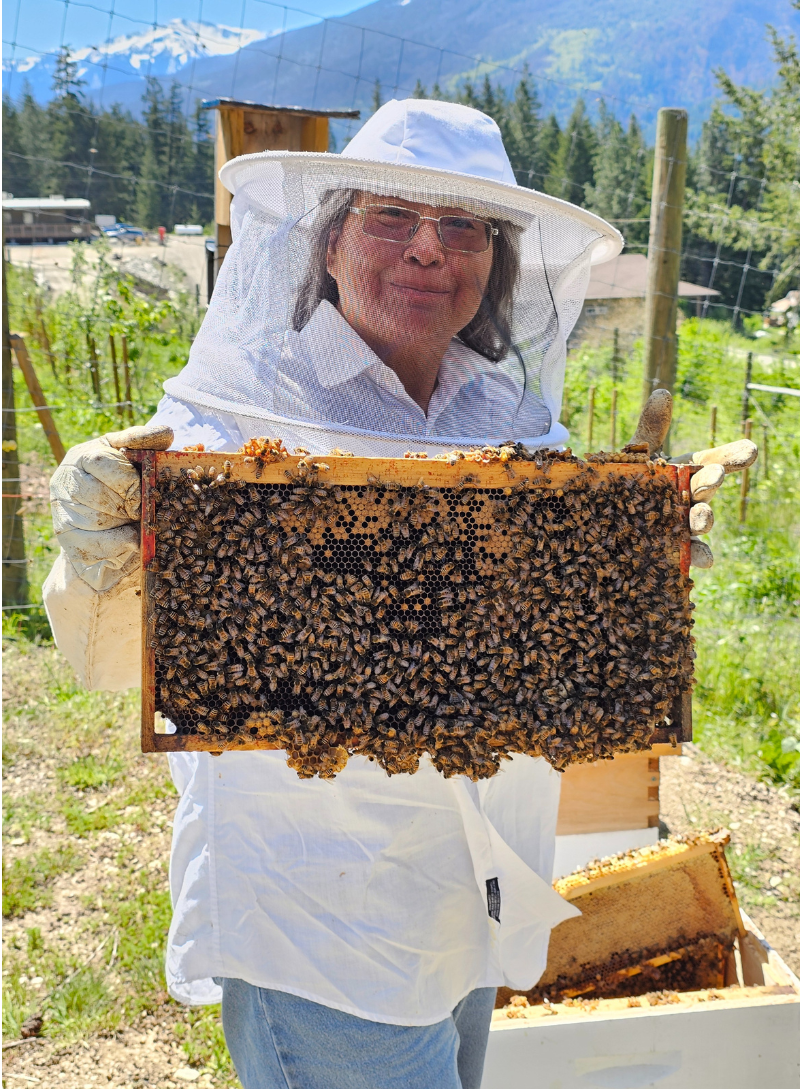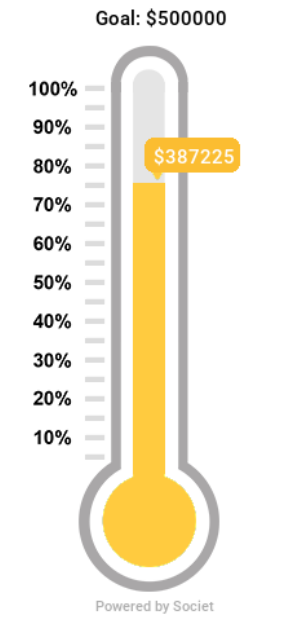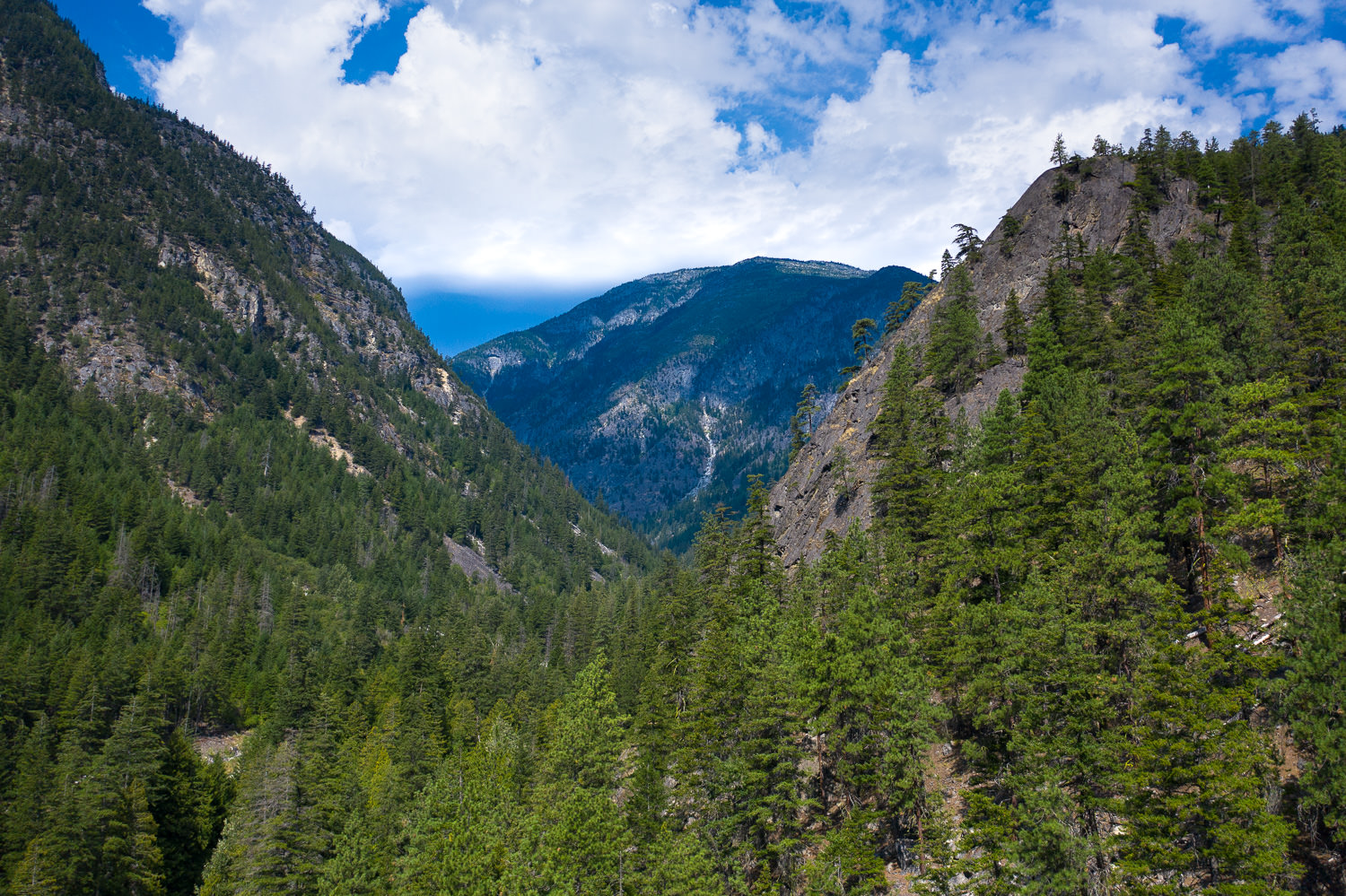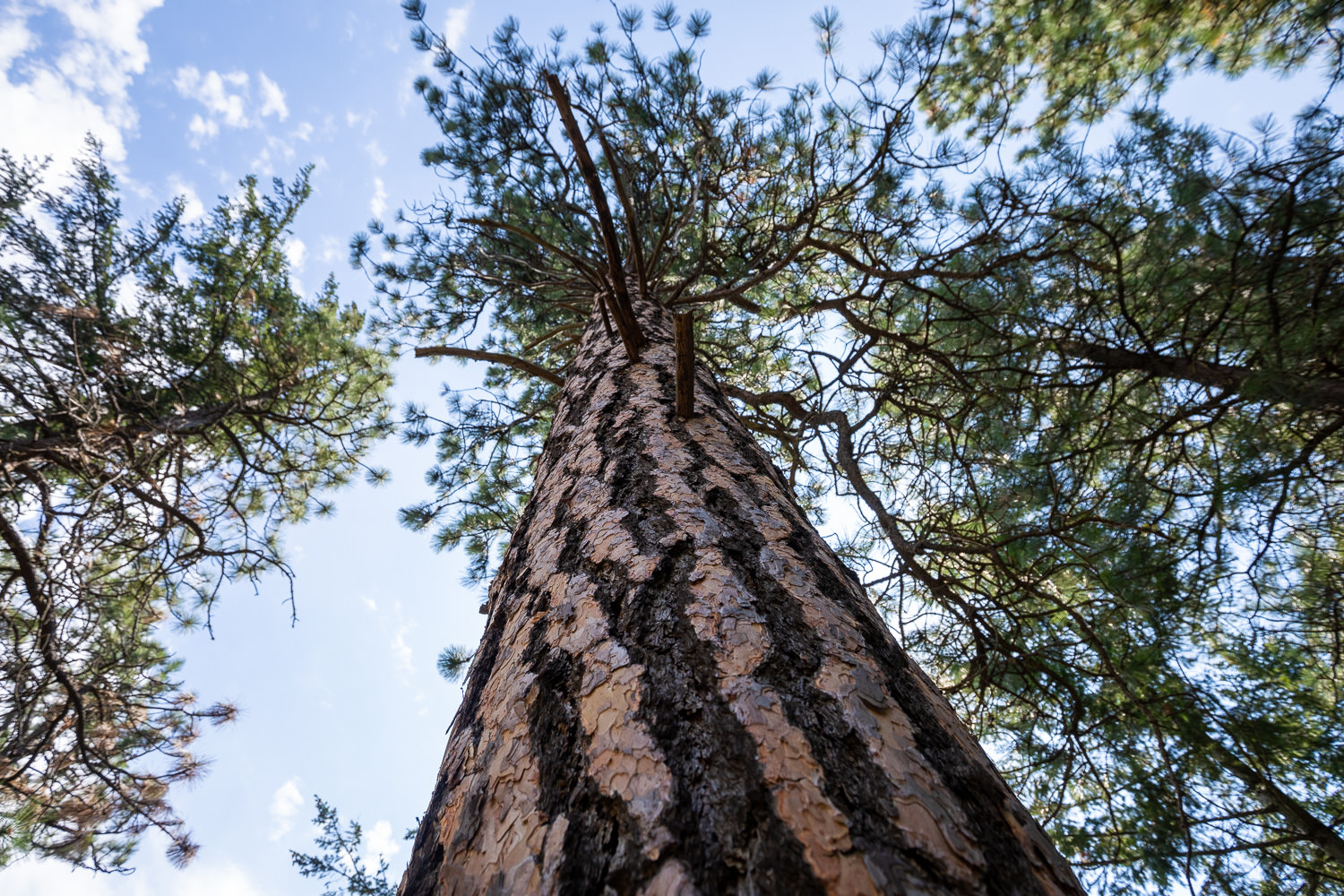Featured Project
Kanaka Bar Band
zuminstm e tmíxʷ kt ƛ̓əq̓ƛ̓áq̓tn̓ Indigenous Protected and Conserved Area (IPCA)
The Initiative
The Kanaka Bar Indian Band (ƛ̓əq̓ƛ̓áq̓tn̓mx), a Nlaka’pamux First Nation located about a three-hour drive from Vancouver, is developing their 320-square km zuminstm e tmíxʷ kt ƛ̓əq̓ƛ̓áq̓tn̓ (which means “we care for the lands of T’eqt’aqtn”) Indigenous Protected and Conserved Area (IPCA). Once complete, the IPCA will protect around 98% of their unceded territory.
Project Details
As part of the Old-Growth Solutions Initiative (OGSI), we are working to provide Kanaka Bar with the key support, from start to finish, to develop and establish this IPCA, which will encompass around 120-square km of some of BC’s rarest old growth—an area larger than the city of Vancouver!
This project will play a catalytic role in our broader provincial efforts to protect endangered old-growth forests in BC because it will serve as an end-to-end, scalable conservation financing model that can be replicated in other communities.
To date, we have provided critical support to the community by funding capacity for land-use planning, supporting stewardship initiatives and jobs, establishing Kanaka Bar’s IPCA interim stewardship fund, funding legal needs linked to their IPCA, and providing in-kind support. We also purchased private land containing rare and diverse old-growth forests, alongside important cultural and archeological sites, to give back to the community with a conservation covenant attached.
We are entering the third phase of this impactful collaboration. Our upcoming goal is to support Kanaka’s final funding needs for protecting the unceded Indigenous/Crown lands within their IPCA, including providing seed funds for their IPCA Endowment Fund. Kanaka’s final funding needs include support for IPCA planning initiatives, long-term land stewardship funding, and funding for sustainable jobs and businesses to help facilitate a conservation economy.



Ecology & Archeology
The proposed IPCA will support Kanaka’s millennia-long connection to their unceded lands, which are located in a rich pocket for biodiversity in one of the most ecologically diverse regions in the province. The area encompasses a transition zone from wet coastal rainforests to dry interior ecosystems, where one can find a diversity of old-growth trees, including ponderosa pines, western redcedars, white and Engelmann spruce, whitebark pines, and the largest documented Interior Douglas-fir trees in Canada. This IPCA project also includes a core section of the Interior Douglas-fir (IDF) zone—the least protected ecosystem in BC.
The varied habitats range from valley bottom to mountain top, and from rainforest to dry savannah, hosting a wide variety of charismatic wildlife, including mountain goats, tailed frogs, and rubber boas (Canada’s only boa!).


The region also contains habitat for 42 species at-risk, including the imperiled Stein/Nahatlatch population of grizzly bears, which is considered to be among the most genetically isolated populations of grizzlies in North America. A new protected area here would be contiguous with the adjacent Stein Valley Nlaka’pamux Heritage Park to the north and near the Mehatl Creek and Nahatlatch Provincial Parks to the west and south. This ecological connectivity is vital for maintaining viable populations of animals and plants, especially wide-ranging megafauna like the grizzly bear.
The proposed IPCA also hosts numerous archeological sites, including one of the oldest petroglyphs in all of Canada.
Community Voices
Our Indigenous Protected & Conserved Area (IPCA) is a real model, not only to our nation but to the Province as a whole. There aren’t too many IPCAs yet, and there are no checklists on how to make one. We’ve been working hard to figure it out together, and we’ve come a long way. (Photo Credit: Shellane Justice)
Healthy, functioning ecosystems are our best defence against climate change because of the carbon they store and the resilience they provide against extreme weather events. Here in the Fraser Canyon, we’re experiencing the effects of climate change much more rapidly than elsewhere in the province and many other regions in the country as well. That’s why protecting what’s left is so important. (Photo Credit: Shellane Justice)

Support this Initiative
Help us raise $500,000 in critical long-term sustainable economic development and stewardship funding for Kanaka’s Indigenous Protected Area.


